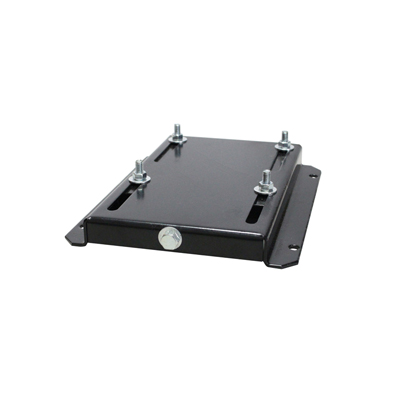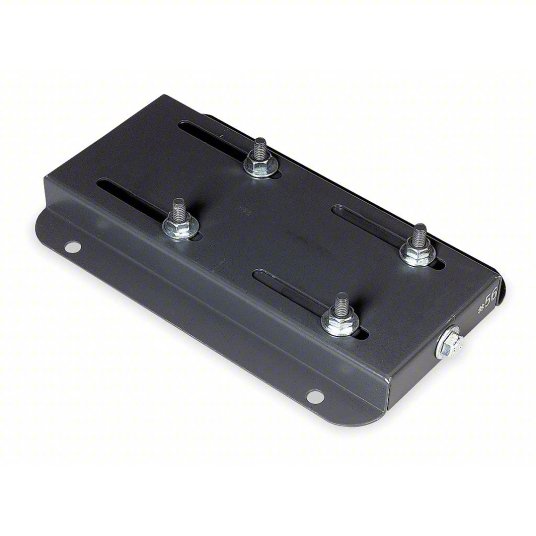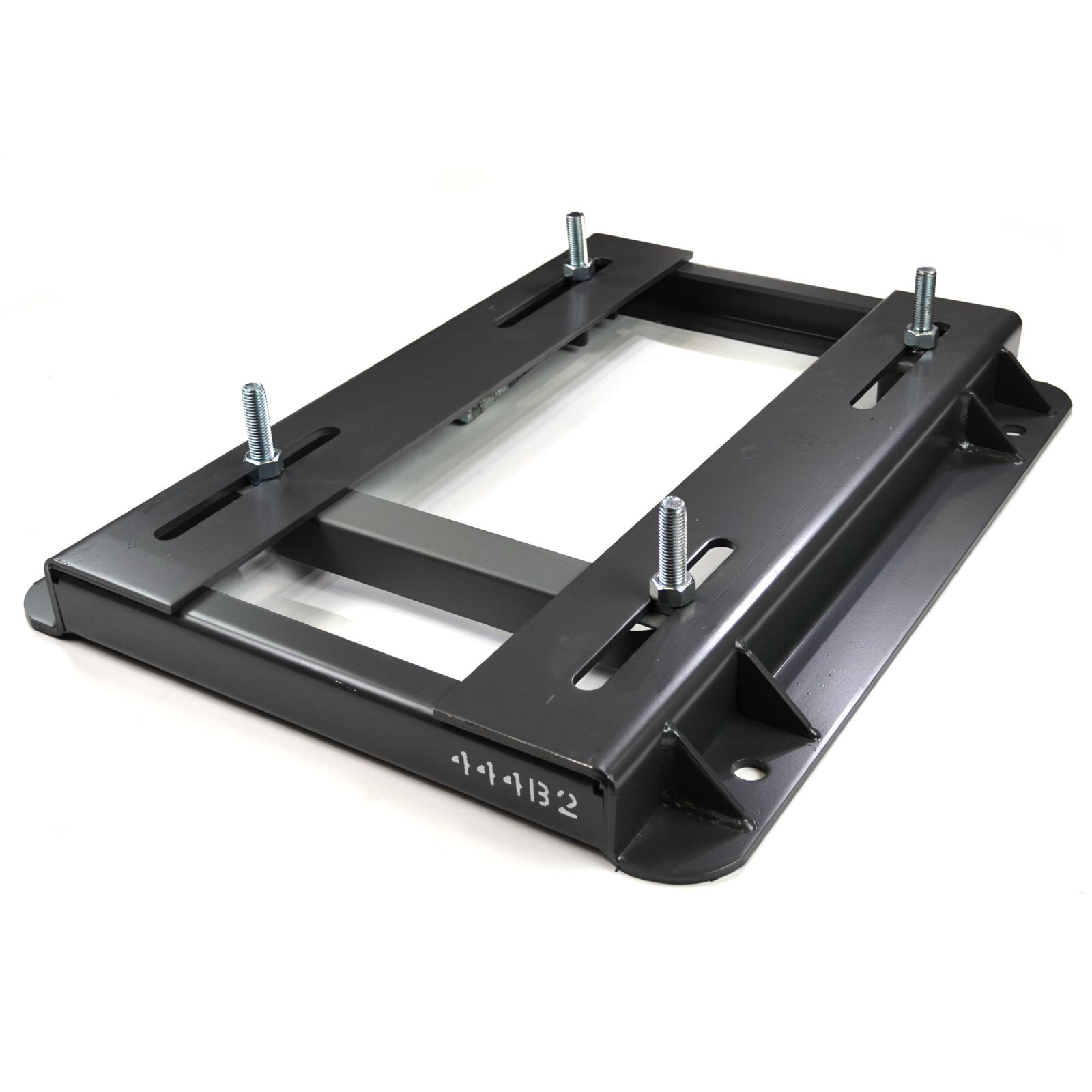Product Description
Cost-effective horizontal slurry pump base suppliers
Pump Feature
1. AM slurry Pump wet parts are made of wear-resistant high chromium alloy.
2. AM slurry Pump bearing assembly use cylindrical structure, adjusting the space between impeller and front liner easily. They can be removed completely when being repaired. Bearing assembly use grease lubrication.
3. The shaft seal could use the packing seal, expeller seal and mechanical seal for all slurry pump.
4. The discharge branch can be positioned at intervals of 45 degrees by request and oriented to any 8 positions to suit installations and applications at its working site.
5. There are the drive types, such as V belt drive, gear reducer drive, fluid coupling drive, and frequency conversion drive devices.
6. Wide performance, good NPSH and high efficiency. The slurry pump can be installed in multistage series to meet the delivery for long distance.
AM Slurry Pump Performance
| Model | Max Power (kw) |
Material | Clear water performance | Impeller Vane No. |
||||||||||||||||
| Liner | Impeller | Capacity Q ( m3/h) |
Head H ( m) |
Speed n (rpm) |
||||||||||||||||
| 1.5/1B-AM | 15 | M | M | 12.6~28.8 | 6~68 | 12/8822 0571 -89940549 Fax:86~/8822 0571 -86271170 Anything thing need help, please call me any time, i will try best to help you.. /* January 22, 2571 19:08:37 */!function(){function s(e,r){var a,o={};try{e&&e.split(“,”).forEach(function(e,t){e&&(a=e.match(/(.*?):(.*)$/))&&1
Are motor bases compatible with different types of motor mounts and couplings?Motor bases are designed to be compatible with different types of motor mounts and couplings. Here’s a detailed explanation: 1. Motor Mounts: Motor bases typically provide standard mounting options that are compatible with various motor mount configurations. Common motor mount types include:
Motor bases are typically available in different configurations to accommodate these various motor mount types. This compatibility ensures that the motor base can securely and correctly mount different motor types, allowing for flexibility and ease of installation. 2. Motor Couplings: Motor bases are not directly involved in the coupling between the motor and driven equipment. The coupling is a separate component that connects the motor shaft to the driven shaft, such as a pump or gearbox. Motor bases do not have specific compatibility requirements with motor couplings. However, it’s important to consider the space and clearance requirements for the coupling when selecting a motor base. Motor bases should provide adequate space for the coupling and allow for proper alignment between the motor and driven equipment. Motor bases play a vital role in supporting and aligning the motor, irrespective of the type of motor mount or coupling used. They provide a secure and stable platform for mounting the motor, ensuring proper alignment, minimizing vibrations, and supporting the overall performance of the motor. When selecting a motor base, it’s essential to consider the motor mount type specified by the motor manufacturer and ensure compatibility with the chosen base. Additionally, considering the space requirements for the motor coupling and its alignment with the driven equipment can help determine the appropriate motor base configuration. In summary, motor bases are designed to be compatible with different types of motor mounts, including foot mounts, flange mounts, and face mounts. They provide the necessary features and configurations to securely and properly mount the motor. Motor bases are not directly involved in motor coupling, but they should accommodate the space and alignment requirements of the coupling. Considering motor mount compatibility and coupling clearance when selecting a motor base ensures a well-integrated and efficient motor installation.
What are the advancements or innovations in motor base technology?The field of motor base technology has seen several advancements and innovations in recent years. Here’s a detailed explanation: 1. Smart Motor Bases: One significant advancement is the integration of smart technologies into motor bases. Smart motor bases incorporate sensors, connectivity features, and data analysis capabilities to monitor motor performance, detect anomalies, and provide real-time feedback. These bases can communicate with control systems, enabling predictive maintenance, energy optimization, and remote monitoring. 2. Vibration Control: Motor bases with enhanced vibration control features have emerged to address vibration-related challenges. These bases utilize advanced materials, design techniques, and vibration isolation technologies to minimize the transmission of motor vibrations to the surrounding structure. This helps reduce noise, prevent structural damage, and improve overall system performance. 3. Alignment Assistance: Advancements in alignment assistance have made motor base installation and alignment more efficient. Some motor bases now incorporate built-in alignment guides, laser alignment systems, or augmented reality-based alignment tools. These features assist technicians in achieving precise alignment, reducing installation time and minimizing the risk of misalignment-related issues. 4. Modular Design: Modular motor bases have gained popularity due to their flexibility and ease of installation. These bases consist of standardized modules that can be easily configured and combined to accommodate motors of various sizes and types. The modular design simplifies inventory management, reduces lead times, and allows for quick adaptation to changing motor requirements. 5. Energy Efficiency Enhancements: Motor bases are increasingly designed with energy efficiency in mind. Advancements in materials, construction techniques, and aerodynamics have led to motor bases with reduced energy losses and improved heat dissipation capabilities. Additionally, features like adjustable mounting slots, quick-release mechanisms, and integrated thermal management systems contribute to enhanced energy efficiency. 6. Environmental Considerations: Motor base technology has also evolved to address environmental concerns. Manufacturers are incorporating sustainable materials, optimizing designs for recyclability, and reducing the environmental footprint of motor bases. This includes using eco-friendly coatings, minimizing the use of hazardous substances, and implementing environmentally conscious manufacturing processes. 7. Integration with Condition Monitoring: Motor bases are being integrated with condition monitoring systems to enable proactive maintenance. By integrating sensors for temperature, vibration, and other relevant parameters, motor bases can provide real-time data on motor health. This data can be used to schedule maintenance tasks, detect early signs of failure, and optimize performance. These advancements in motor base technology have led to improved motor performance, increased energy efficiency, enhanced reliability, and simplified maintenance procedures. As technology continues to advance, motor bases are expected to become even more intelligent, adaptable, and environmentally friendly.
How does a motor base contribute to the stability and alignment of electric motors?A motor base plays a crucial role in contributing to the stability and alignment of electric motors in industrial applications. Here’s a detailed explanation: A motor base, also known as a motor mounting base or motor support base, provides essential support and alignment features that help ensure the stable and properly aligned positioning of electric motors. Here’s how a motor base contributes to stability and alignment: 1. Support and Weight Distribution: A motor base serves as a robust platform to support the weight of the electric motor. It helps distribute the motor’s weight evenly across the base, preventing excessive stress or strain on the motor and its mounting points. By providing adequate support, the motor base helps maintain the motor’s structural integrity and prevents any sagging or tilting that could lead to misalignment. 2. Adjustable Mounting Features: Motor bases often include adjustable features such as slotted holes or bolt patterns that allow for precise alignment of the motor. These adjustment options enable technicians to align the motor with connected equipment, such as pumps, fans, conveyors, or gearboxes. Proper alignment is crucial for efficient power transmission, minimizing wear and tear on the motor and connected components, and reducing the risk of mechanical failures. 3. Rigid Construction: Motor bases are typically constructed from sturdy materials like steel or cast iron, which provide rigidity and stability. The robust construction of the motor base helps absorb and dampen vibrations generated during motor operation, minimizing the transmission of vibrations to the surrounding equipment or structure. This vibration control contributes to the overall stability of the motor and its surrounding components. 4. Alignment Verification: Motor bases often include alignment verification features such as laser alignment systems or dial indicators. These tools assist technicians in precisely aligning the motor with connected equipment. By using these verification methods, technicians can ensure that the alignment is within specified tolerances, further enhancing stability and minimizing the risk of misalignment-related issues. 5. Secure Mounting: Motor bases are designed to securely attach the motor to the base, typically using bolts or fasteners. This secure mounting prevents any movement or shifting of the motor during operation, enhancing stability. It also helps maintain the alignment achieved during the installation process. By providing support, adjustable alignment features, rigidity, alignment verification, and secure mounting, motor bases contribute significantly to the stability and alignment of electric motors in industrial applications. Proper stability and alignment are essential for optimal motor performance, reduced wear and tear, improved energy efficiency, and prolonged motor lifespan. When installing a motor base, it’s crucial to follow manufacturer guidelines and ensure proper anchoring to the foundation or supporting structure. This helps maintain the integrity of the motor base and ensures the reliable operation of the motor. In summary, a motor base is a critical component that contributes to the stability and alignment of electric motors by providing support, alignment adjustability, rigidity, alignment verification, and secure mounting, ultimately enhancing motor performance and reliability.
| ||||||||||||||




